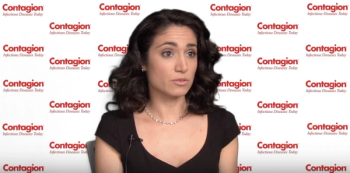
Julie Ann Justo, PharmD, MS, BCPS-AQ ID, discusses how prediction scores are used in antibiotic stewardship programs.

Julie Ann Justo, PharmD, MS, BCPS-AQ ID, discusses how prediction scores are used in antibiotic stewardship programs.
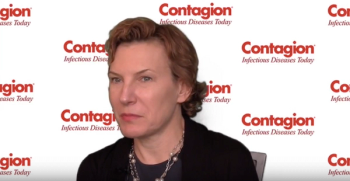
Barbara Wells Trautner, MD, PhD, explains the risk of aortic dissection and aneurysm in patients taking oral fluoroquinolones.
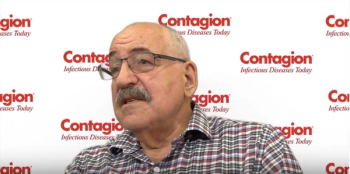
Ellie J C Goldstein, MD, stresses the importance of improving transition of care with better communication.
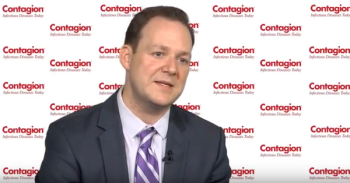
Jason Gallagher, PharmD, discusses the clinical implications of the approval of plazomicin for health care providers and patients.

Xingmin Sun, PhD, shares current progress on developing a vaccine for Clostridium difficile infection.

Xingmin Sun, PhD, discusses aspects that need to be considered before developing a vaccine for Clostridium difficile.
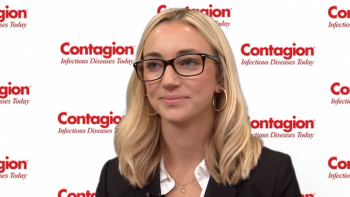
Chelsea Drennan, PharmD(c) explains why hospital length-of-stay might be shorter in patients who are on a fluoroquinolone versus a beta-lactam.
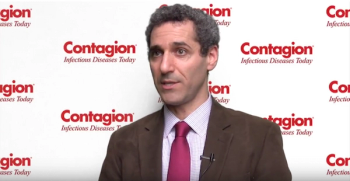
Douglas Krakower, MD, discusses which variables in electronic health records could be used to identify candidates for pre-exposure prophylaxis.
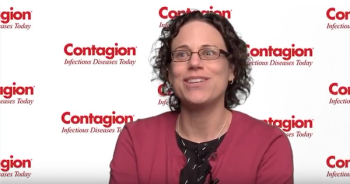
Leah H. Rubin, PhD, MPH, MA, discusses the importance of finding ways to improve cognitive function in women who are living with HIV.
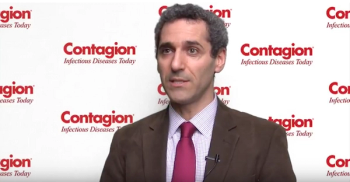
Douglas Krakower, MD, explains how electronic health records have expanded in use in order to identify people at risk for diseases who could benefit from preventive interventions.
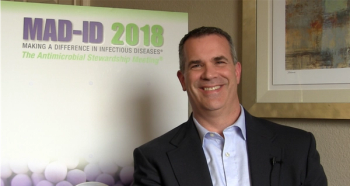
Kenneth P. Klinker, PharmD, and Jason M. Pogue, PharmD, share some strategies to address beta-lactam dosing issues that they employ at their institutions.
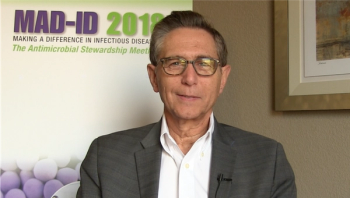
Edward J. Septimus, MD, explains how smaller hospitals can overcome the challenges that come with having fewer resources to implement a robust antibiotic stewardship program.
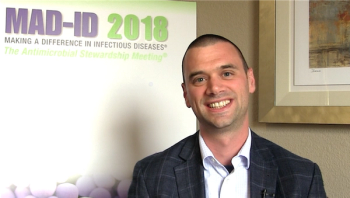
Jason M. Pogue, PharmD, discusses the challenges clinicians face when dosing beta-lactams based on the current guidelines.
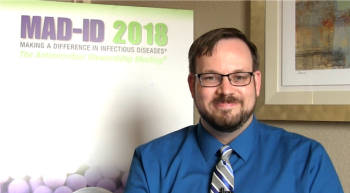
Nathan A. Everson, PharmD, AAHIVE, shares some hidden challenges clinicians should address when implementing antibiotic stewardship interventions in the outpatient setting.
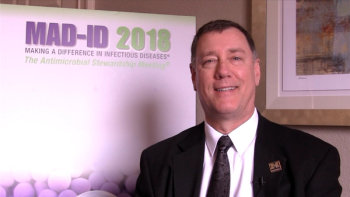
Bruce A. Mueller, PharmD, shares how clinicians in the inpatient setting can quantify acute kidney injury in adults on antibiotics.
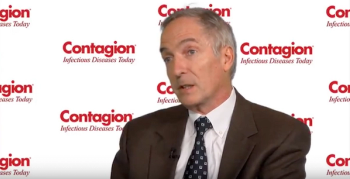
Joseph Eron, MD, explains how integrase inhibitors have dramatically changed HIV therapy for the better.
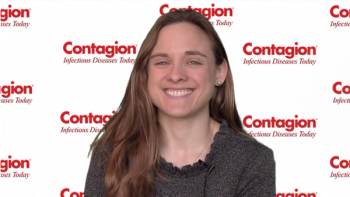
Julia E. Szymczak, PhD, shares the results of her study which revealed that fear drives some clinicians to prescribe inappropriately.
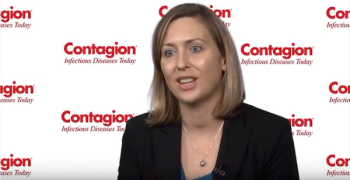
Colleen Kelley, MD, describes the role of health care providers in linking patients with PrEP.
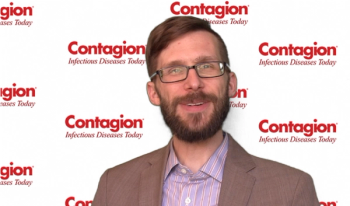
Mike Kohut, PhD shares the results of his research that reveals providers are writing prescriptions for infections based largely on patient demand and not guideline recommendations.
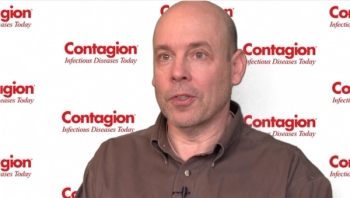
Emil Lesho, DO, FACP, FIDSA, FSHEA, explains what makes Elizabethkingia unique.

Contagion® Editorial Advisory Board member, James S. Lewis, PharmD, FIDSA, shares how antibiotic stewards can craft stewardship interventions to their own reality.
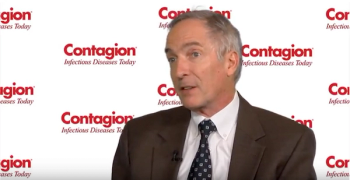
Joseph Eron, MD, discusses benefits of long-acting injectable antiretroviral therapy as well as misconceptions.
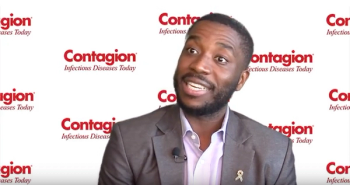
Barley Chironda, RPN, CIC, explains the role that nurses play in disinfection practices at health care facilities.
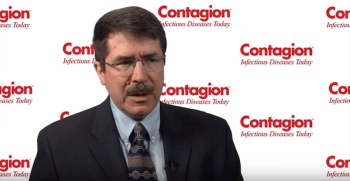
Marin H. Kollef, MD, discusses new therapies in development for the treatment of Pseudomonas infections.
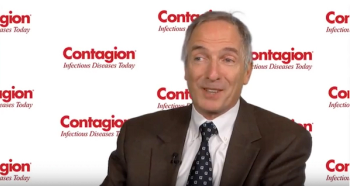
Joseph Eron, MD, explains how some individuals acquire resistance to HIV therapy and discusses new drugs in the pipeline that are effective against resistant virus.
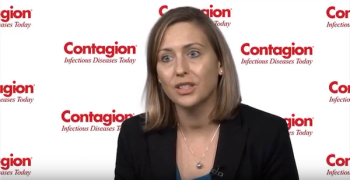
Colleen Kelley, MD, stresses the importance of routinizing HIV testing and shares what physicians can do if their patient declines the option to get tested.
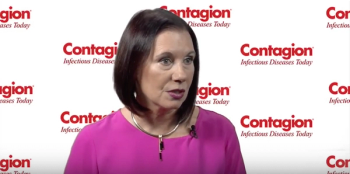
Debra Goff, PharmD, FCCP, explains how mobile apps are being used by health care providers to improve patient outcomes.

Barley Chironda, RPN, CIC, infection control specialist at Clorox Healthcare, explains how cell phones and smart devices can potentially serve as a vector for C. diff.
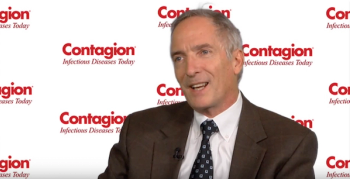
Joseph Eron, MD, discusses when clinicians may expect to have access to long-acting injectable ART and the different opportunities it offers for individuals with HIV.